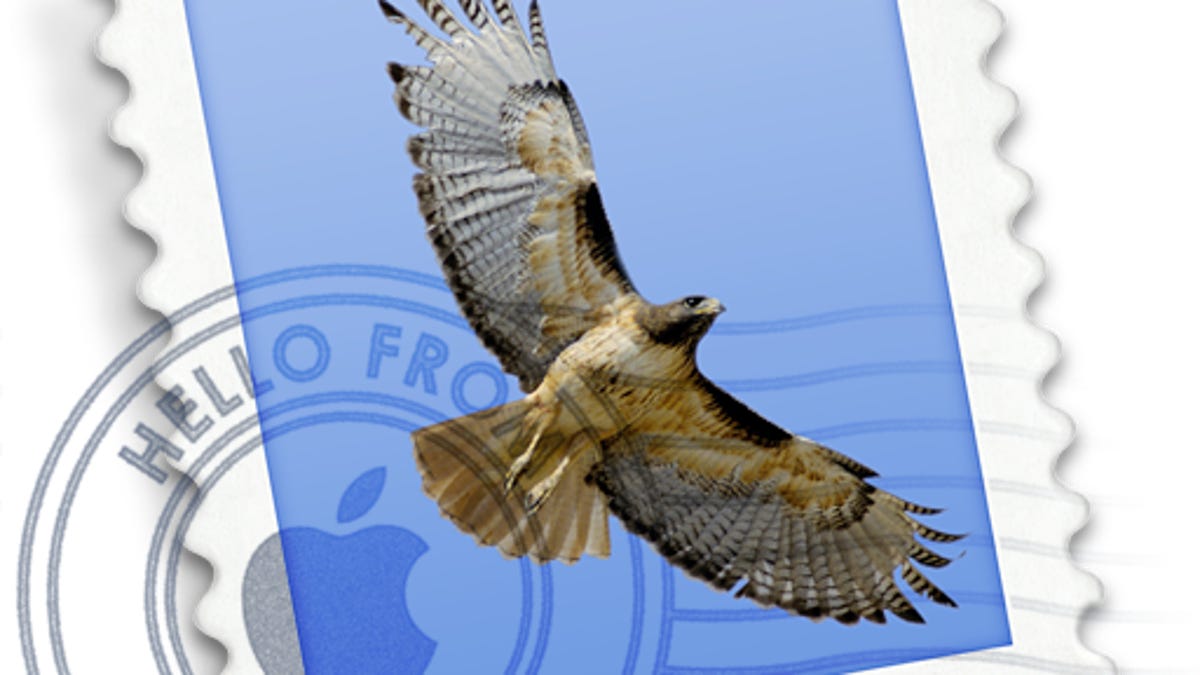How to use Mail's VIP list in OS X Mountain Lion
To help you quickly access messages from important contacts, Mail now offers a VIP list option.

In Apple's Mail program, there are options for flagging and coloring messages that you might find important, but in order to automatically do so, you have to set up a special rule to identify the message and then perform an action on it. With the version of Mail that Apple ships in OS X Mountain Lion, Apple has changed this to a degree by adding a VIP list.
Unlike rules that require that you set up conditions that act on incoming messages once, the VIP option in Mail is a dynamic filter that provides an easy way to locate all messages from your contacts of choice, and in this sense is more similar to a smart mailbox than a rule. However, unlike smart mailboxes, the VIP list has a few extra features, including limiting Mail notifications to the VIP list, and allowing the creation of rules based on the VIP list.
By default VIPs may not be enabled in Mountain Lion, especially if you have upgraded from a prior OS X version where the VIP feature was not available. While Apple does not advertise the VIP option very well, it is relatively easy to set up and manage.
To enable the VIP list, all you have to do is add a contact to it, and to do this, simply select a message from someone you would like to make a VIP, and then right-click the name (in bold text at the top of the message) and choose "Add to VIPs." You can also hover your mouse to the left of the name and click the star that appears. If this is your first addition to the list, then you will see the VIP list appear in the Mailboxes section of the sidebar.
With contacts added to the list, you can select the entire list to reveal messages from all of your VIPs, or select individual VIPs to only show their messages. To select a subgroup of VIPs, simply hold the Command key while selecting individual VIPs to add or remove them from the selection
Adding people to the VIP list in this manner will create a property list file called "VIPSenders.plist" in the username/Library/V2/MailData/ folder if it does not already exist, so if you have troubles with adding or removing VIP members then managing this file may be an option for troubleshooting this process. In most cases removing it and recreating the VIP list should suffice, but you might also be able to edit it for more specific troubleshooting.
To remove VIPs from the list, you can locate a message from the VIP and click the star next to the name to revoke VIP status, or you can also right-click the name and choose the "Remove from VIPs" option. This can be done using the name in the Mail message as was done to add them to the list, or it can be done using the name in the VIP list itself.
The VIP list has its uses, but also has some limitations. For one it is only based on individual contacts and therefore cannot be applied to a group. Additionally, it cannot be applied to special conditions such as for messages from a contact that are sent to one Mail account and not another.
One tip that you might find useful with the VIP list is limiting Apple's Notification Center to only show e-mail messages from your VIPs. To do this, go to the General section of the Mail preferences and select "VIPs" from the "New Message Notifications" option.
Questions? Comments? Have a fix? Post them below or
e-mail us!
Be sure to check us out on Twitter and the CNET Mac forums.

